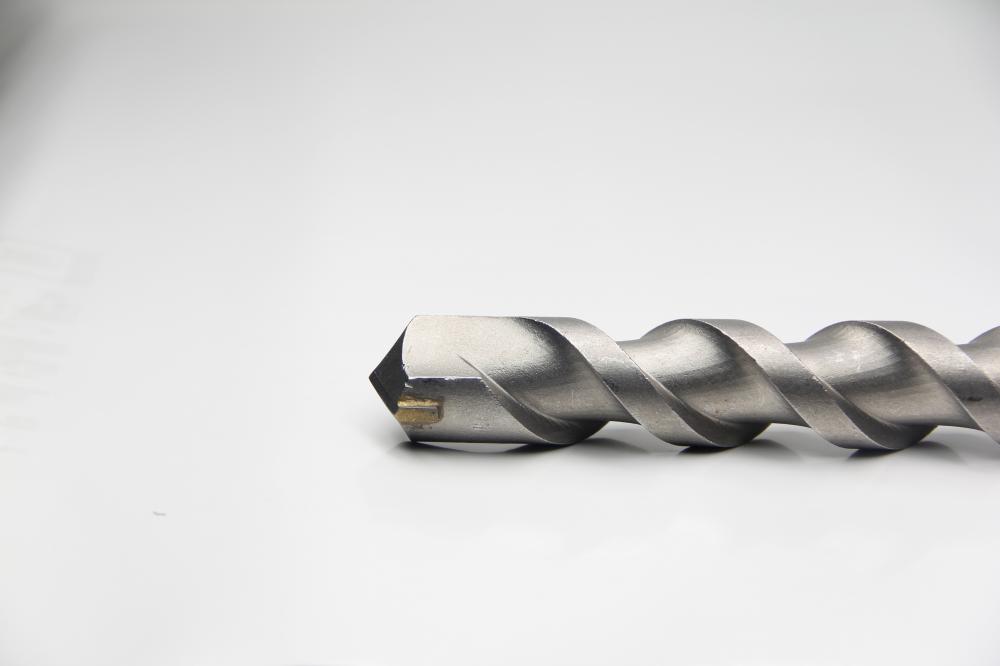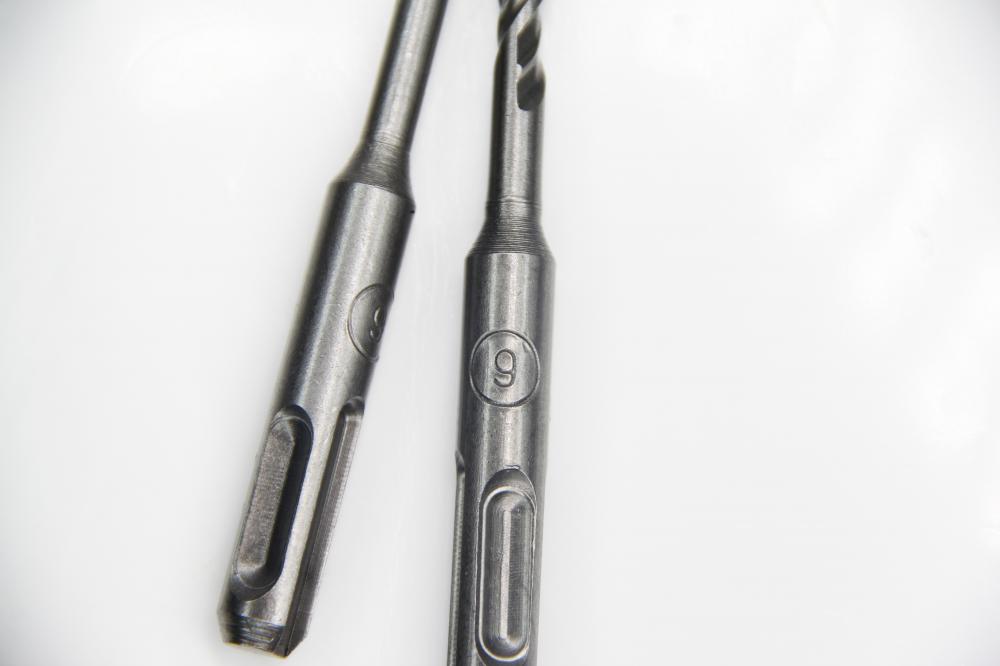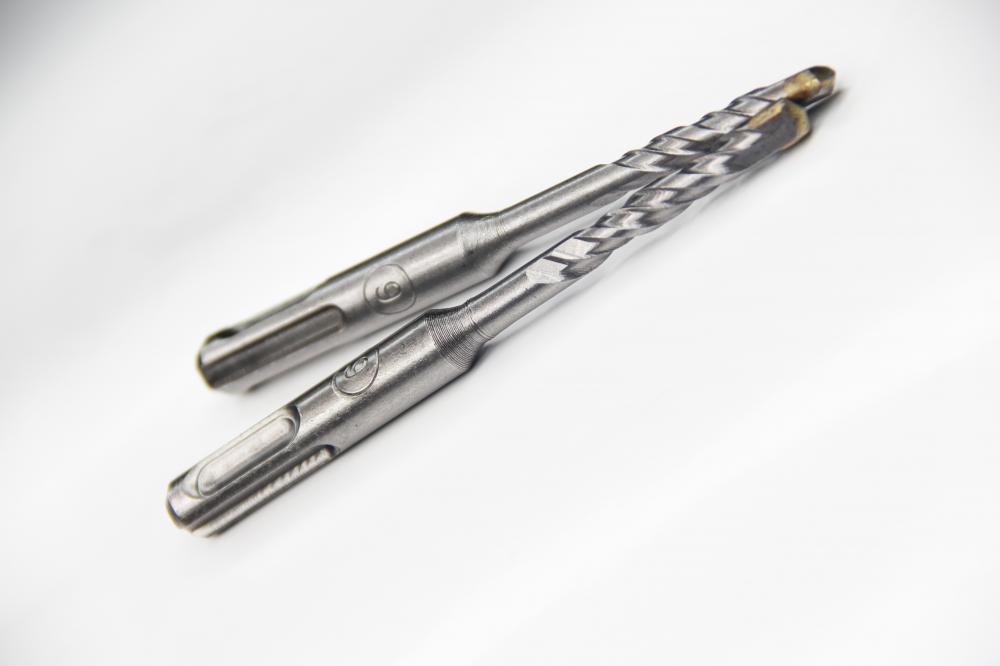There are only two modes for Chengdu furniture market distributors in the future: one is the parallel mode of retail chain stores and e-commerce, and the other is the leasing mode that transforms into commercial real estate. There are two models for home furnishing manufacturers in the future: one is the self-owned brand direct store and franchise store model, and the other is the supplier model in cooperation with chain retail enterprises.
In one word, the furniture and building materials industry : self-built channels and e-commerce are the future outlet of the furniture and building materials industry.
First, let's take a look at the rise of e-commerce in the furniture industry.
E-commerce has begun to mature slowly, and although there is still some way to go, everyone believes that this is the dawn before dawn, just like the sun's rays will definitely shine on the earth.
Take a look at the furniture stores : Red Star's Red Beauty Mall, Yuexing's Baishe Furniture Network, IKEA, Xi'an Origin New City, and Sichuan's Fusenmei Home have their own online malls, and their functions have gradually improved and enriched;
Second, look at home furnishing companies: Qumei's Qu Yituan, Quanyou Furnishing just got 60 million online sales on e-commerce in 2011, and many leading home furnishing companies such as Gujia and Top 100 are entering e-commerce;
Three look at focusing on online brands: Melaleuca Home focuses on e-commerce and has started physical experience stores. It has received multiple rounds of financing; Taobao ’s Lin ’s Wood has become a leading online brand in the electronic virtual business war and has received risks investment;
Four look at platform vendors: China National Distribution Network, Home Furnishing Network, Taobao Home Furnishing, Xinju, Space, Somen.com, etc. have begun to truly split the traditional retail market of home building materials .
Although each of the above categories has its own problems to be faced in its development, there are three major problems that plague e-commerce: product experience, large payment and security, logistics distribution and after-sales.
The essential premise of business is to meet the needs of customers, especially the rise of the post-80s, online shopping has been increasingly used by people, so these problems are no longer the main core problems that trouble home furnishing e-commerce, such as China The network is currently a relatively successful representative. Of course, this is also based on an objective fact, that is to buy a home is a hard and even painful thing, especially in big cities, to buy a set of homes to go to several home stores, even in a store to complete all of it will take a day. If the parent's shopping experience is like this, and the next generation (mainly after the 1980s), they like convenience and efficiency. All home e-commerce will certainly meet this need. Of course, there is a long way to go.
Next, let's look at self-built channels.
The giants of home building materials stores in first- and second-tier cities have already maximized the construction of access roads and can no longer accommodate larger properties.
In the third and fourth tier cities, the current access to home building materials is almost firmly grasped by Sichuan-based home furnishing leaders, but they all exist in the form of independent stores. Among them, the overlord is Quanyou Home Furnishing, and many non-Sichuan brands that take the level 1 or 2 market, such as Dynasty, Gujia, Zuoyou, etc., claim to have more than 2,000 stores like Quanyou, but their volume and channel share And the strength of dealers, compared with Quanyou, the real difference is very far.
In addition to independent stores, third- and fourth-tier cities do not have chain stores like real home building materials stores in third- and fourth-tier cities nationwide, so this module is currently blank. Some are mainly single or several projects in the region, which cannot form scale advantages and chain benefits.
Independent stores provide branded homes based on single items, which have gradually penetrated into consumers. However, consumers' purchase abundance and purchasing power have also increased, which further indicates that the coexistence of independent stores and chain stores is accepted and accepted by the market.
Many people say that the last touch of sunshine in China's home building materials industry is in the third and fourth tier markets in China. Is this really the case?
The vast majority of companies have seen the huge potential in the third and fourth tier markets is indeed a strategic opportunity for home development.
According to the usual furniture market, mega cities such as Beijing, Shanghai and Guangzhou are primary markets, provincial capital cities and some developed prefecture-level cities can be called secondary markets, and other prefecture-level cities and some economically developed county-level markets are tertiary markets. Markets, and other county-level cities, towns, and rural markets in some developed regions are tier 4 markets. According to statistics, there are about 600 prefecture-level cities nationwide, about 2,800 county-level cities, and no less than 50,000 townships. From 2011 to 2015, with the official promotion of the National Twelfth Five-Year Plan, "green, environmental protection, low-carbon, agriculture, rural areas, new rural areas, etc." will become the most important keywords for combining home furnishing industries. We currently have 120 million households in China, and 10% of them are updated every year. We have done research and found that less than 400 million people can really afford complete sets of furniture so far, only 380 million to 390 million people. Some areas are still stuck in the lack of a table to buy a table, a stool to buy a stool, it also belongs to the basic original consumption state. So our market opportunities are in urbanization and new rural construction.
Our urbanization rate will reach 52% by 2015, and our urbanization rate will reach 65% by 2030, which means that we will have 350 to 400 million people in the next 20 years. The city does not enter Shenzhen and Beijing, but enters small and medium-sized towns with county as the main body. They must have a house when they go in, and they have to buy furniture.
Hammer Drill, also known as a percussion drill or Impact Drill, is a power Tool used chiefly for drilling in hard materials. It is a type of rotary drill with an impact mechanism that generates a hammering motion. The percussive mechanism provides a rapid succession of short hammer thrusts to pulverize the material to be bored, so as to provide quicker drilling with less effort. If a hammer drill's impact mechanism can be turned off, the tool can be used like a conventional drill to also perform tasks such as screwdriving.



Chisel Concrete Drill Bit,Hammer Drill Bit,Masonry Brick Drill Bit,Drill Hole Tool Set
Behappy Crafts (suzhou)Co.,Ltd , https://www.haoyuebehappy.com
